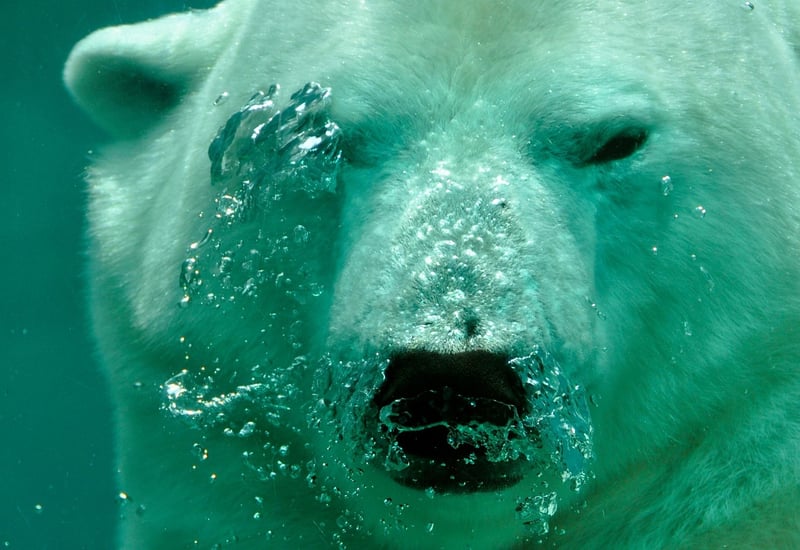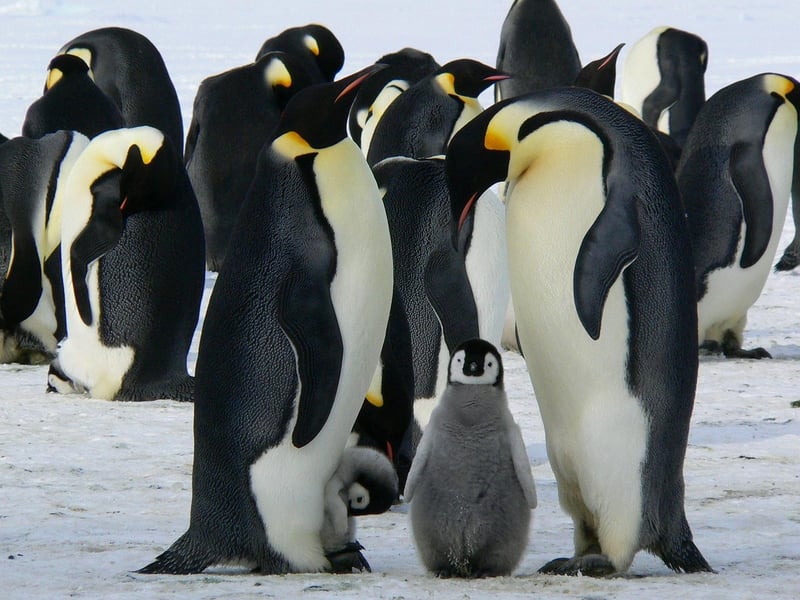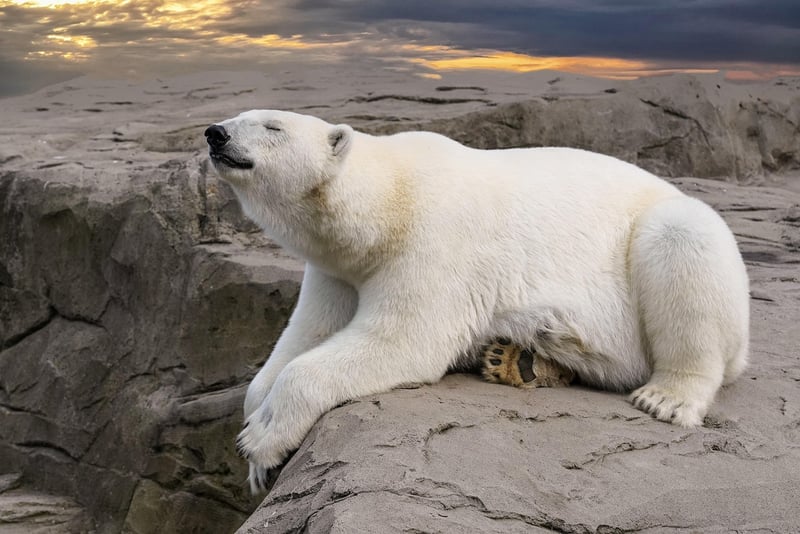Polar Wildlife
Exploring Polar Regions: A Guide to Polar Wildlife
Introduction to Polar Regions
Polar regions, including the Arctic and Antarctic, are some of the most remote and breathtaking places on Earth. These areas are characterized by icy landscapes, extreme weather conditions, and unique wildlife that have adapted to survive in these harsh environments.
Arctic Wildlife
The Arctic is home to a diverse range of wildlife, including polar bears, Arctic foxes, reindeer, and various bird species such as puffins and snow geese. These animals have developed specialized adaptations to thrive in the cold, icy conditions of the Arctic.

Antarctic Wildlife
The Antarctic is known for its penguin populations, including species like the Emperor Penguin and Adélie Penguin. Other wildlife in the region includes seals, whales, albatrosses, and various species of fish that inhabit the icy waters surrounding the continent.

Threats to Polar Wildlife
Climate change poses a significant threat to polar wildlife, affecting their habitats and food sources. Melting ice caps and rising sea levels impact the ability of animals like polar bears and penguins to hunt for food and raise their young. Conservation efforts are crucial to protect these vulnerable species and their habitats.
How to Explore the Polar Regions
For those interested in experiencing the beauty of the polar regions and observing wildlife in their natural habitats, there are various expedition cruises and guided tours available. These trips offer a unique opportunity to witness polar wildlife up close and learn about the importance of conservation efforts in these regions.
Conclusion
Exploring the polar regions and encountering their unique wildlife is a once-in-a-lifetime experience that allows you to appreciate the beauty and fragility of these remote environments. By learning about polar wildlife and the challenges they face, we can work towards preserving these incredible species for future generations to enjoy.
